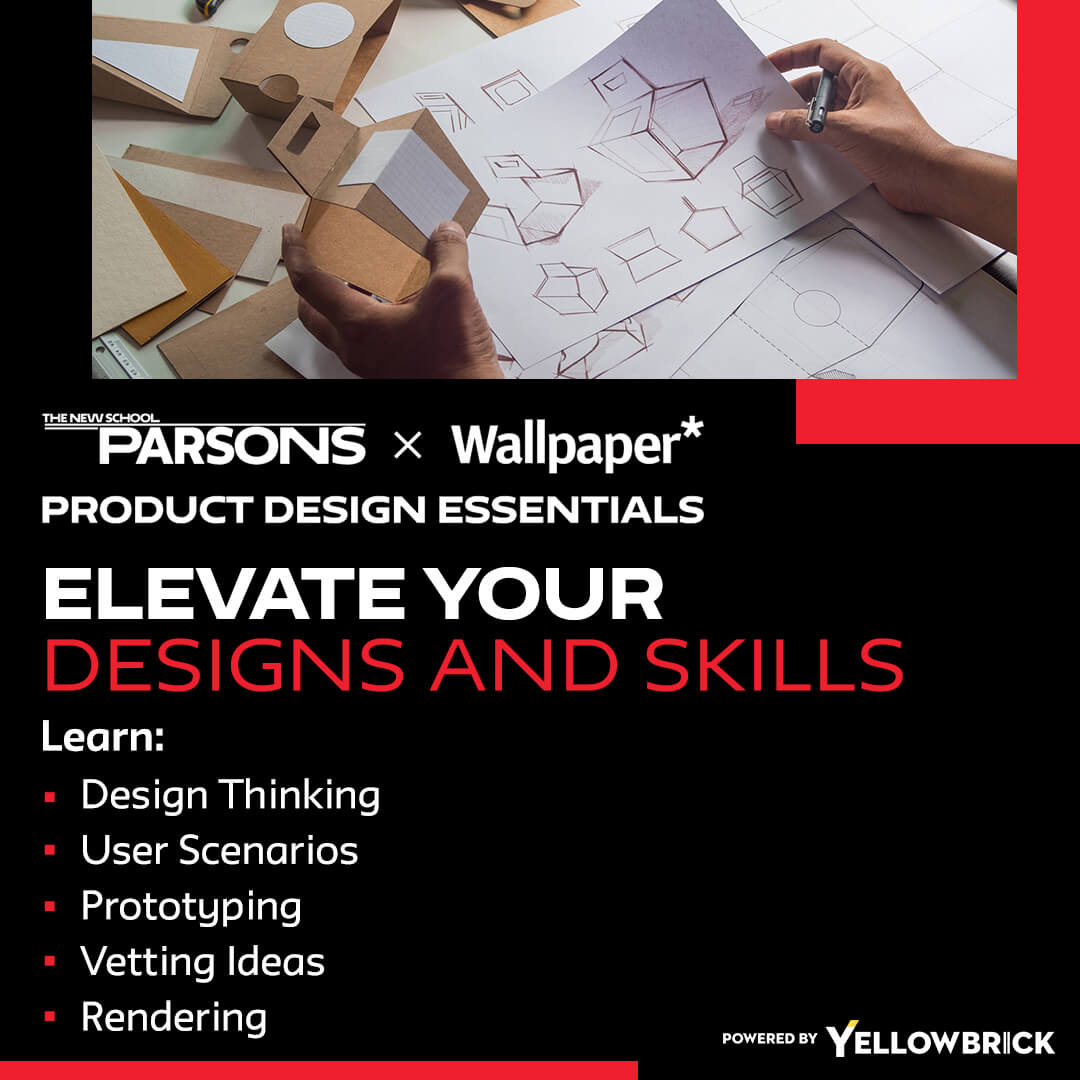In the rapidly evolving landscape of product design, agile methodologies have become a cornerstone for delivering innovative and user-focused solutions. Agile product design emphasizes flexibility, collaboration, and iterative development to meet the dynamic needs of users and the market.
In this guide, we explore the intersection of product design and agile practices, uncovering key strategies, benefits, challenges, and best practices for implementing agile in the design process—along with real-world examples that show these principles in action.
Understanding Agile Product Design
Agile product design is more than just a process—it’s a mindset that values responsiveness to change, customer feedback, and continuous improvement. By breaking the design process into smaller, manageable iterations, teams can quickly adapt to evolving requirements, incorporate user feedback, and deliver high-quality products that meet both user needs and business goals.
Key Principles of Agile Product Design
Agile product design follows core principles that guide decision-making and help teams create products that are both user-focused and adaptable. These principles include:
- Iterative Development: Embrace a cyclical approach to design, development, and testing, allowing for rapid iterations and improvements.
- Cross-Functional Collaboration: Foster cooperation between designers, developers, product managers, and stakeholders to ensure alignment and shared objectives.
- User-Centric Focus: Prioritize usability testing, real-world validation, and direct feedback to drive design decisions.
- Adaptability: Adjust priorities and features as market trends, technology, and user needs evolve.
- Continuous Feedback Loop: Regularly gather insights from users, stakeholders, and team members to refine the product.
- Transparency and Communication: Keep communication channels open across all parties to maintain shared understanding and trust.
Benefits of Agile Product Design
Adopting agile product design provides a range of advantages that make product teams faster, more innovative, and better aligned with user needs. The key benefits include:
- Faster Time to Market: Shorter design cycles mean quicker launches of products and updates.
- Improved Collaboration: Agile fosters teamwork and shared accountability for success.
- Enhanced Flexibility: Projects can adapt quickly to change without derailing timelines.
- Increased User Satisfaction: Products better match user needs by integrating feedback early and often.
- Risk Mitigation: Small, incremental changes help detect and solve problems early.
Challenges and Best Practices in Implementing Agile Product Design
Implementing agile product design is rewarding but comes with challenges. To be successful, teams must anticipate these issues and follow proven strategies to overcome them.
Common Challenges:
These are the most frequent obstacles teams face when adopting agile product design:
- Managing Scope Creep: Without a clear scope, extra features can dilute focus.
- Balancing Speed and Quality: Rushing design can undermine user experience.
- Adapting Organizational Culture: Agile often requires a mindset shift at every level.
- Sustaining Continuous Learning: Teams need time and tools to keep evolving.
Best Practices for Success:
Following these practices can help teams unlock the full potential of agile product design:
- Set clear priorities: Avoid scope creep by focusing on essential deliverables.
- Establish a definition of done: Balance quality standards with delivery speed.
- Secure leadership buy-in: Gain alignment and resources from decision-makers.
- Build a feedback-friendly environment: Encourage constructive input at all stages.
- Define KPIs and success metrics: Measure performance and drive continuous improvement.
Real-World Examples and Case Studies
Agile product design is not just theory—it’s actively shaping successful companies around the world. Below are examples of organizations applying agile principles effectively:
- Spotify’s Squad Model: Small, autonomous squads handle specific features or experiences, enabling rapid iteration and user feedback integration.
- Airbnb’s Continuous Testing Approach: Usability testing is integrated into every sprint, ensuring that design reflects actual user behavior.
- IDEO’s Design Thinking + Agile Hybrid: Combining human-centered design thinking with agile sprints to produce innovative, problem-solving products.
Conclusion
Agile product design is not a rigid process—it’s an evolving practice that thrives on adaptability, collaboration, and user engagement. By adopting agile principles, teams can shorten delivery times, improve product quality, and ensure that design decisions are grounded in real user needs.
In an age where change is constant, agile product design equips businesses with the mindset and tools to not just keep up—but lead.
Key Takeaways:
- Agile product design is a flexible, collaborative, and iterative approach that adapts quickly to changing user needs and market trends.
- Core principles include iterative development, cross-functional collaboration, user-centric focus, adaptability, continuous feedback loops, and transparent communication.
- Benefits of agile design include faster time to market, improved teamwork, greater adaptability, higher user satisfaction, and reduced risks through early problem detection.
- Common challenges include scope creep, balancing speed with quality, cultural resistance to change, and maintaining continuous learning.
- Best practices involve setting clear priorities, defining “done,” gaining leadership support, fostering a feedback-rich culture, and tracking success with KPIs.
- Real-world examples like Spotify, Airbnb, and IDEO showcase how agile product design can be applied successfully across industries.
- Overall, agile product design empowers teams to deliver high-quality, user-focused products while remaining responsive to evolving requirements.
Elevate your skills and career prospects by considering the Parsons Product Design Essentials online course and certificate program offered by Yellowbrick for a comprehensive learning experience in product design with agile methodologies.








